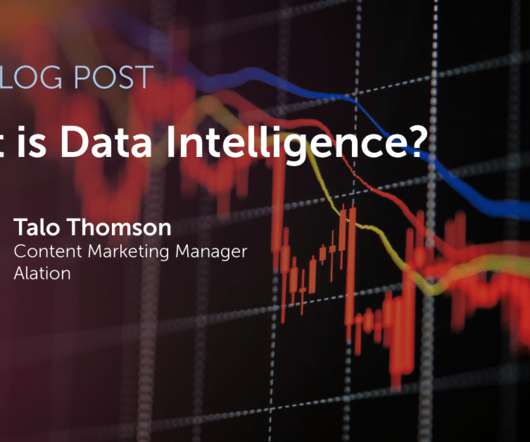What is data analytics? Analyzing and managing data for decisions
CIO Business Intelligence
JUNE 7, 2022
What is data analytics? Data analytics is a discipline focused on extracting insights from data. The chief aim of data analytics is to apply statistical analysis and technologies on data to find trends and solve problems. What are the four types of data analytics?














Let's personalize your content